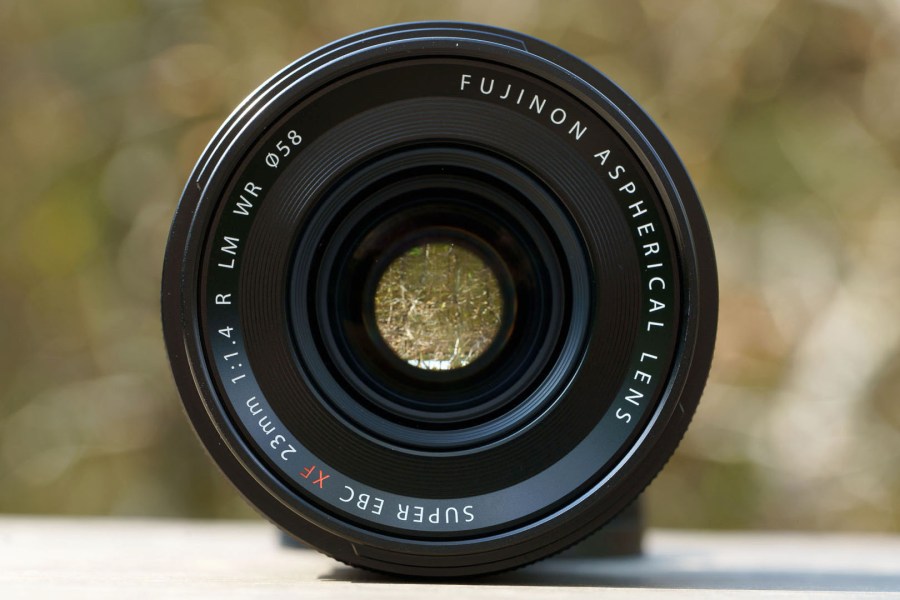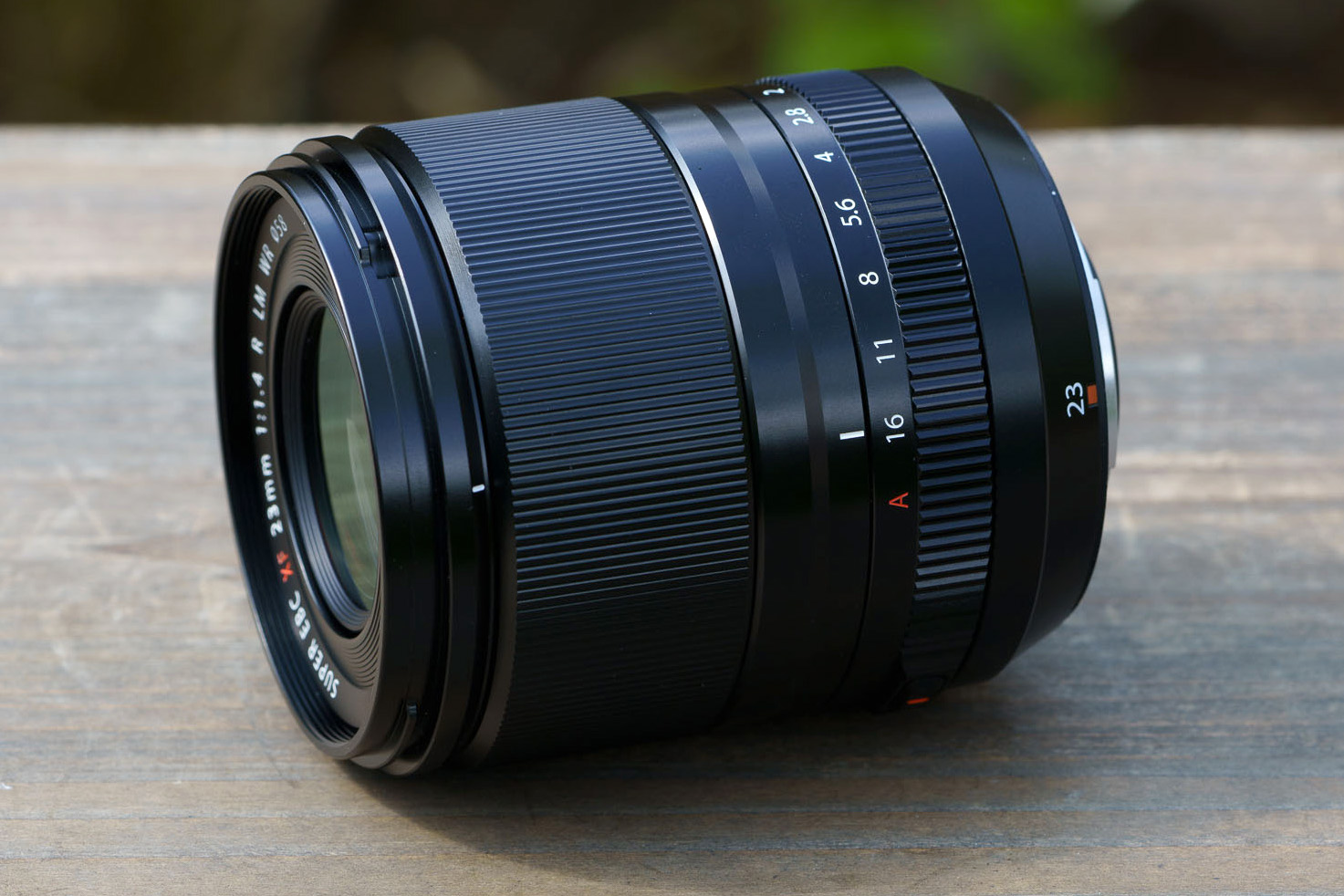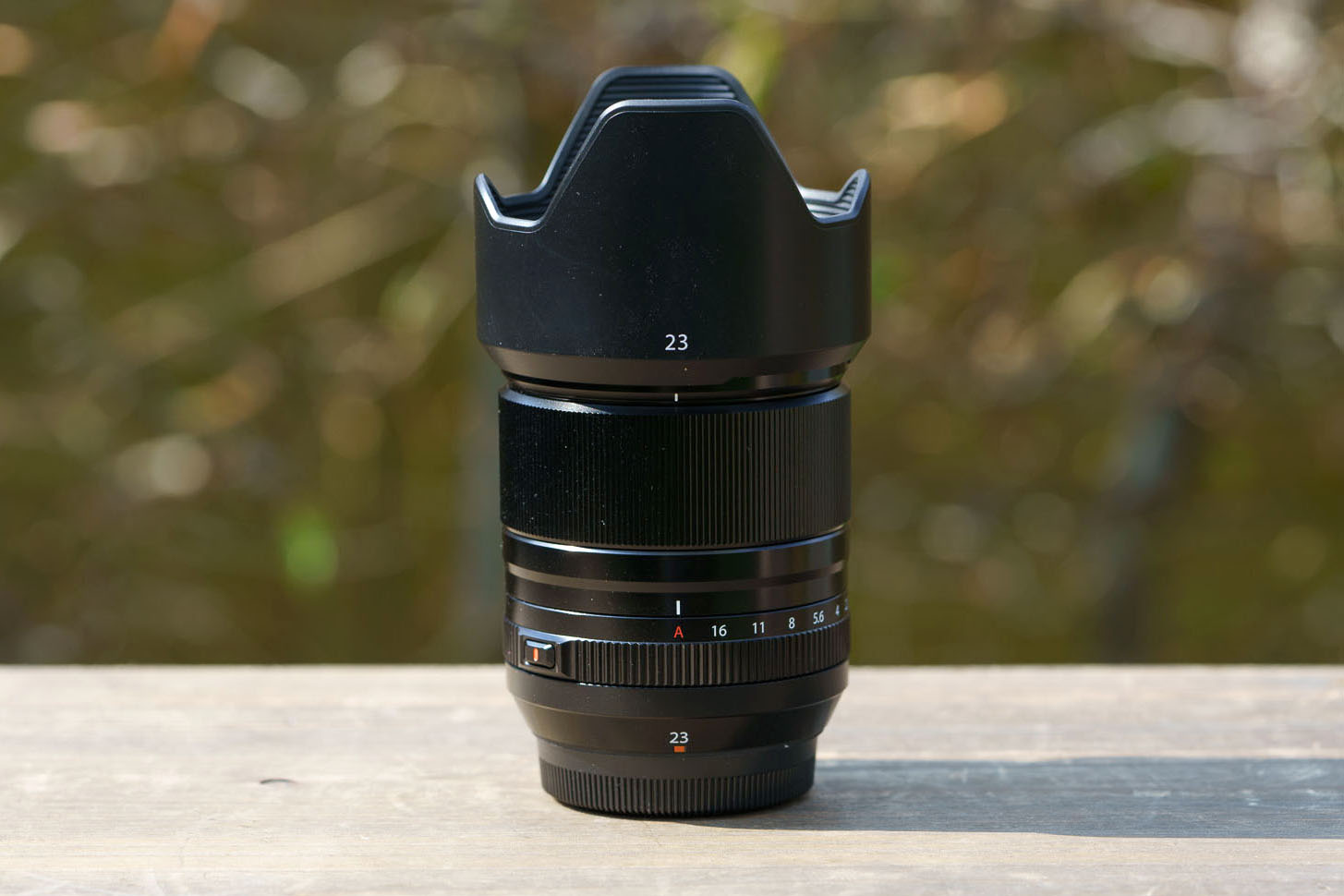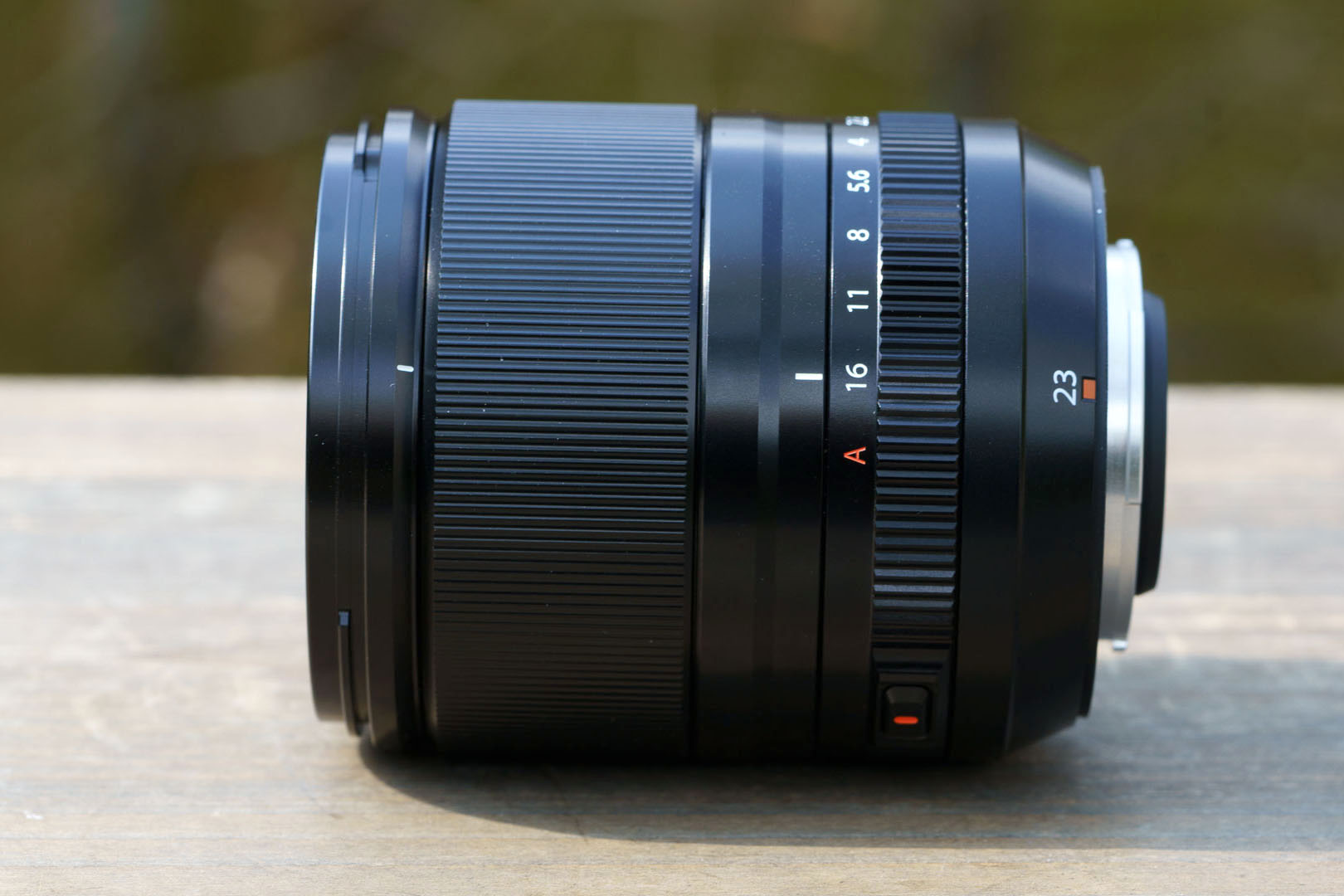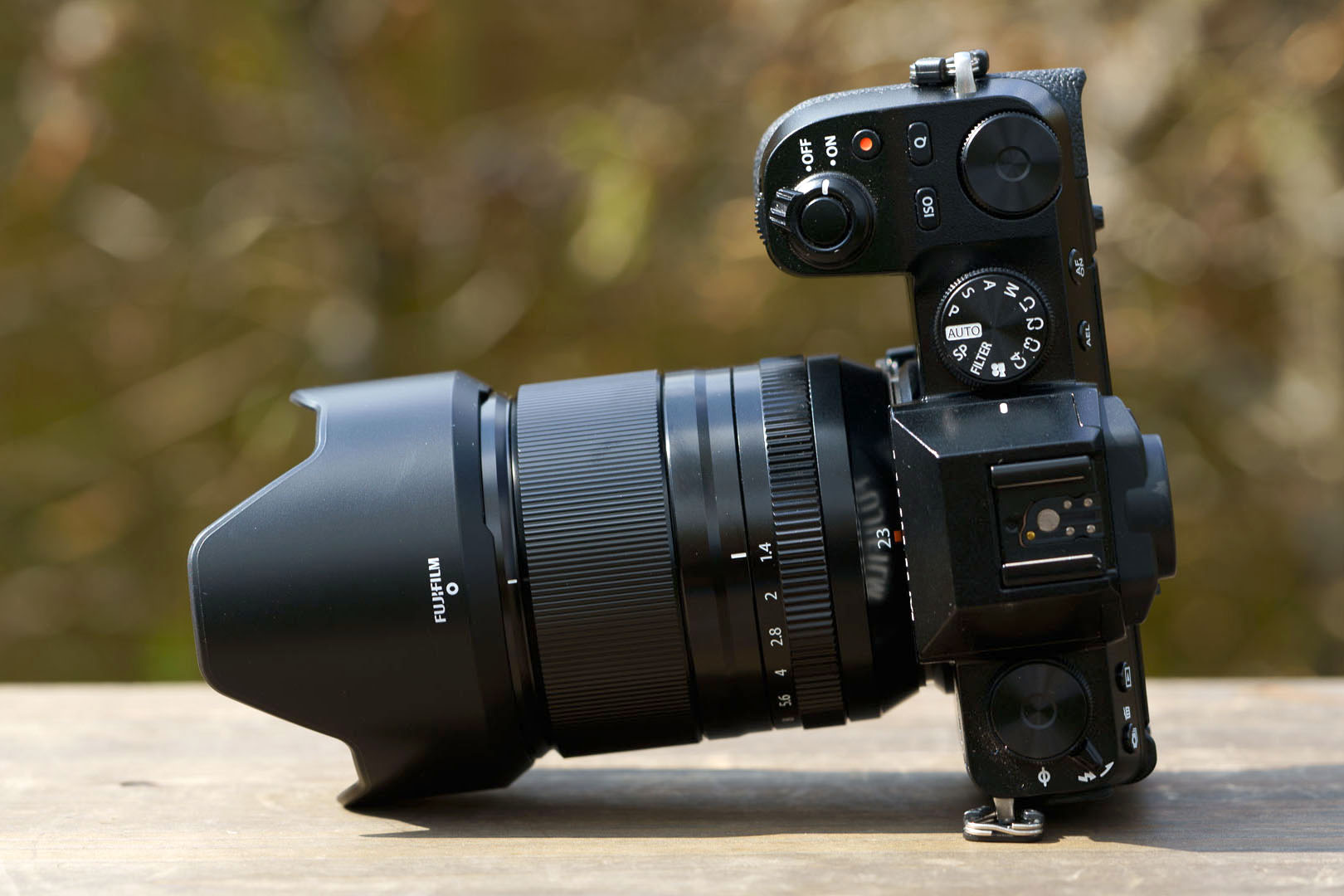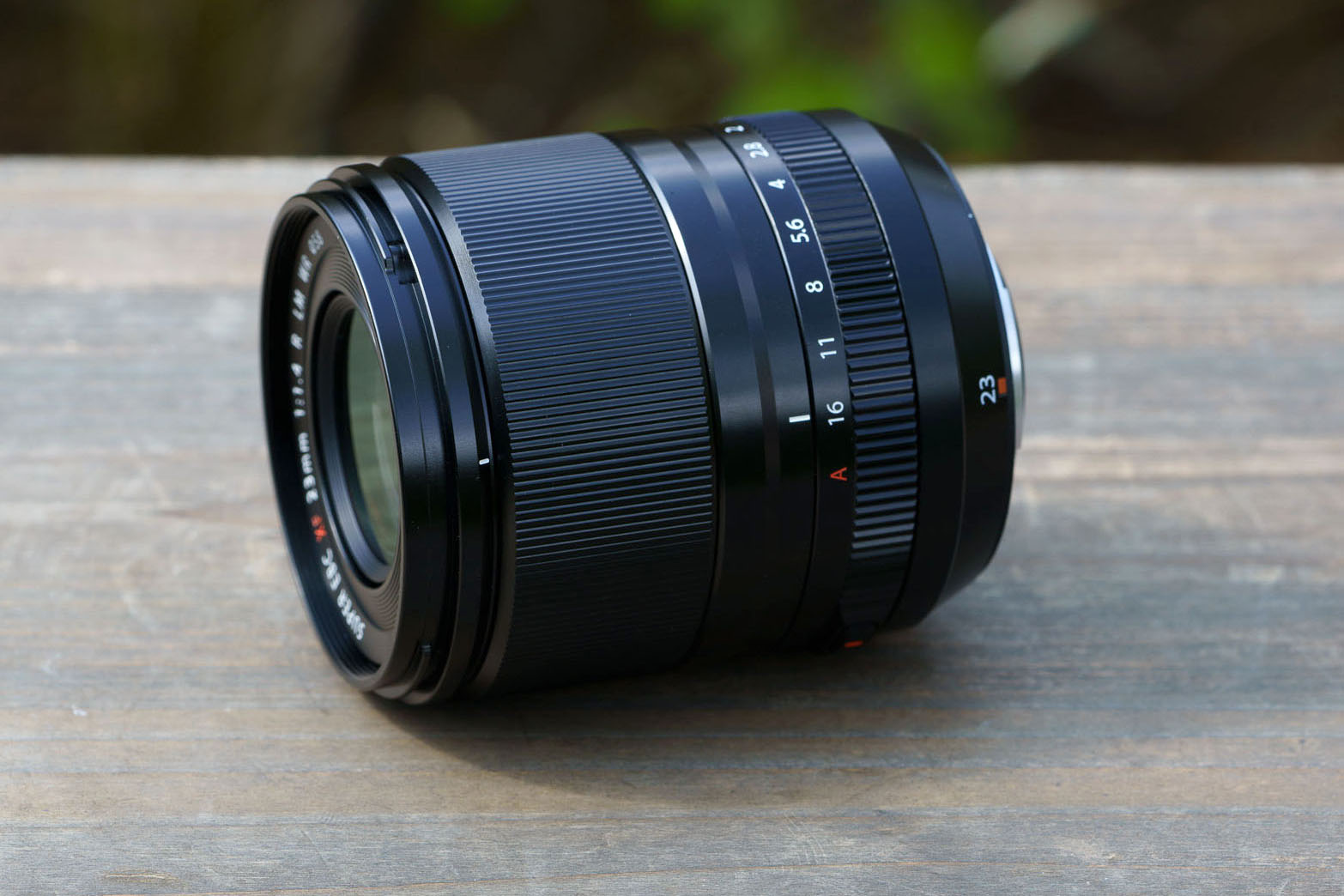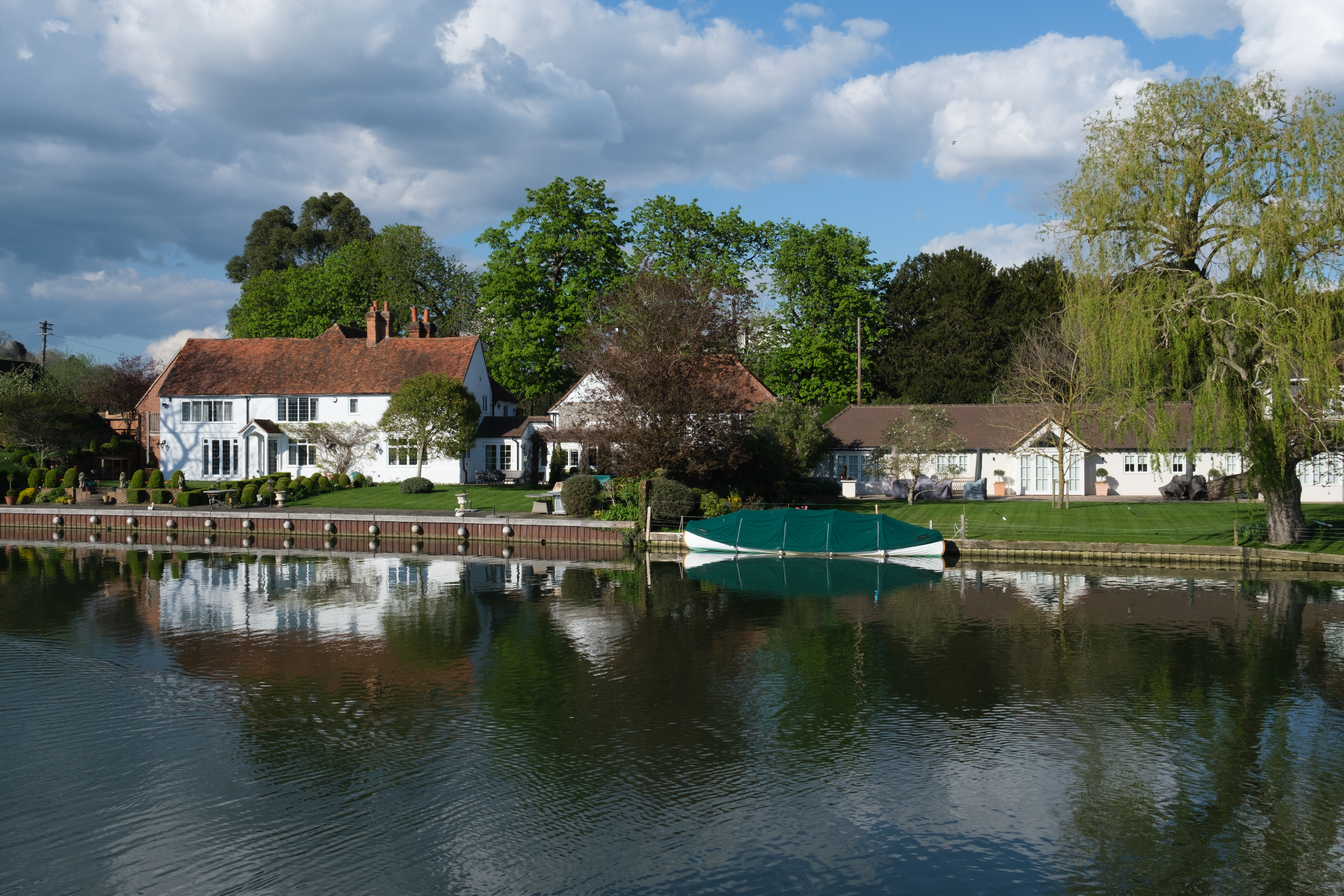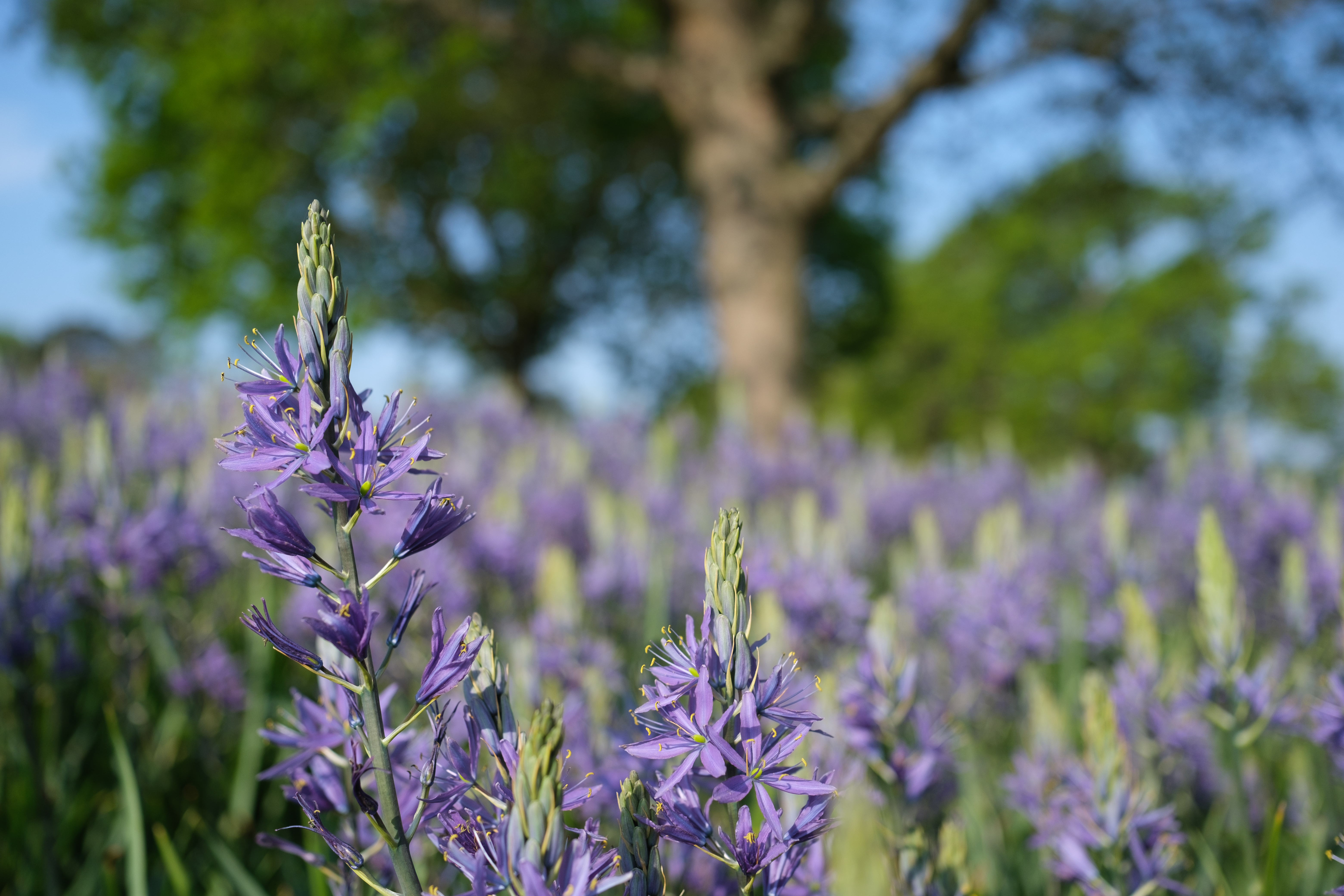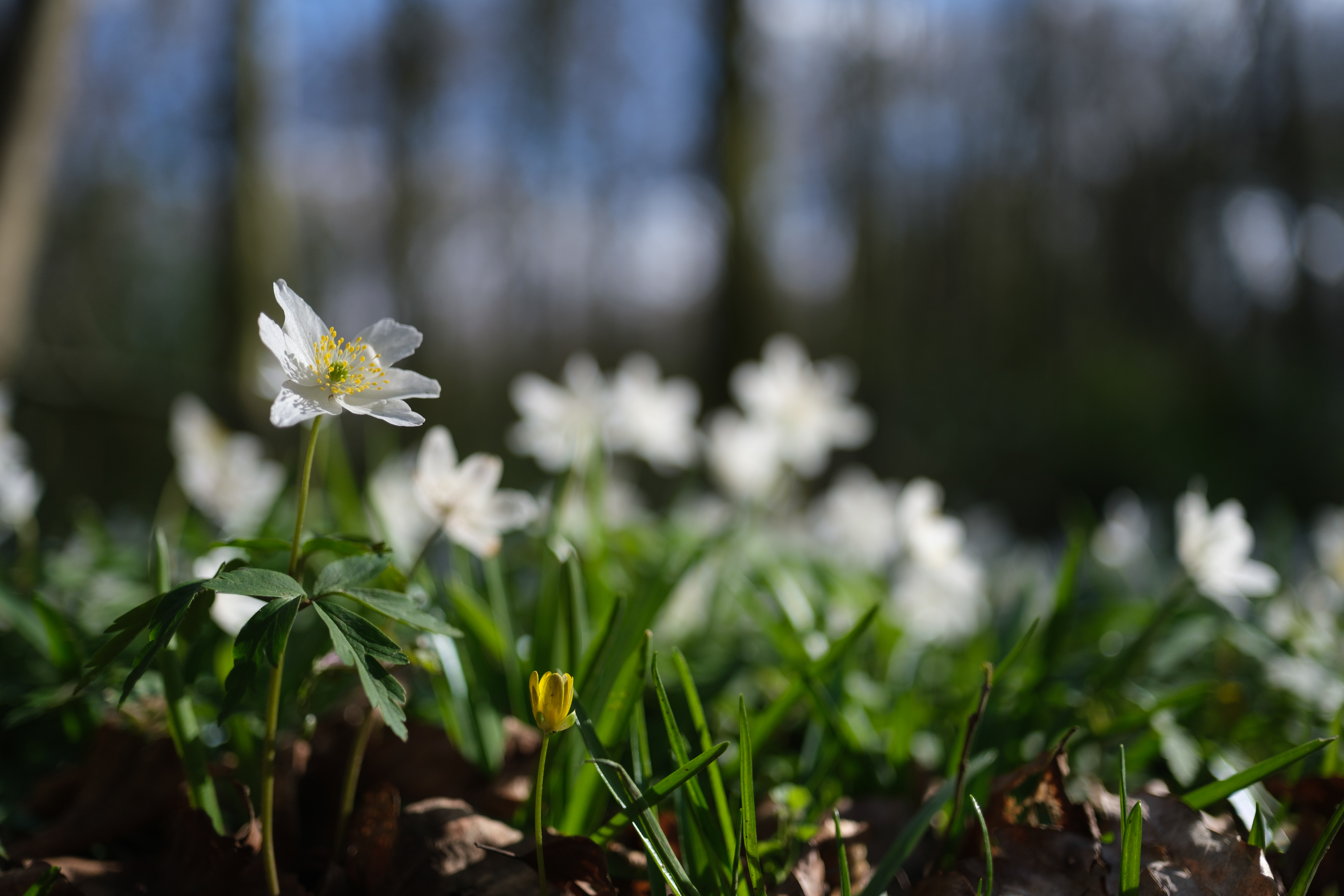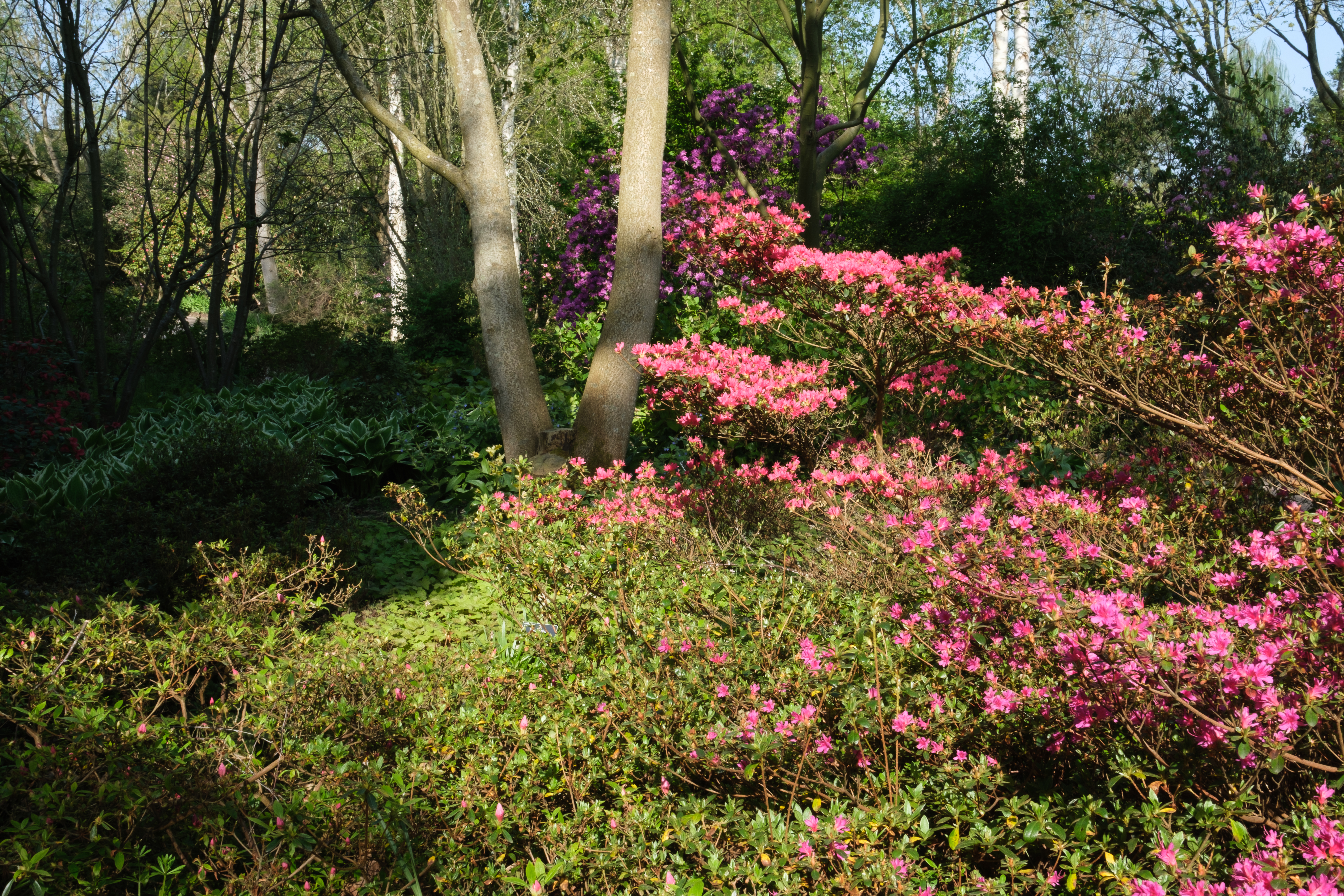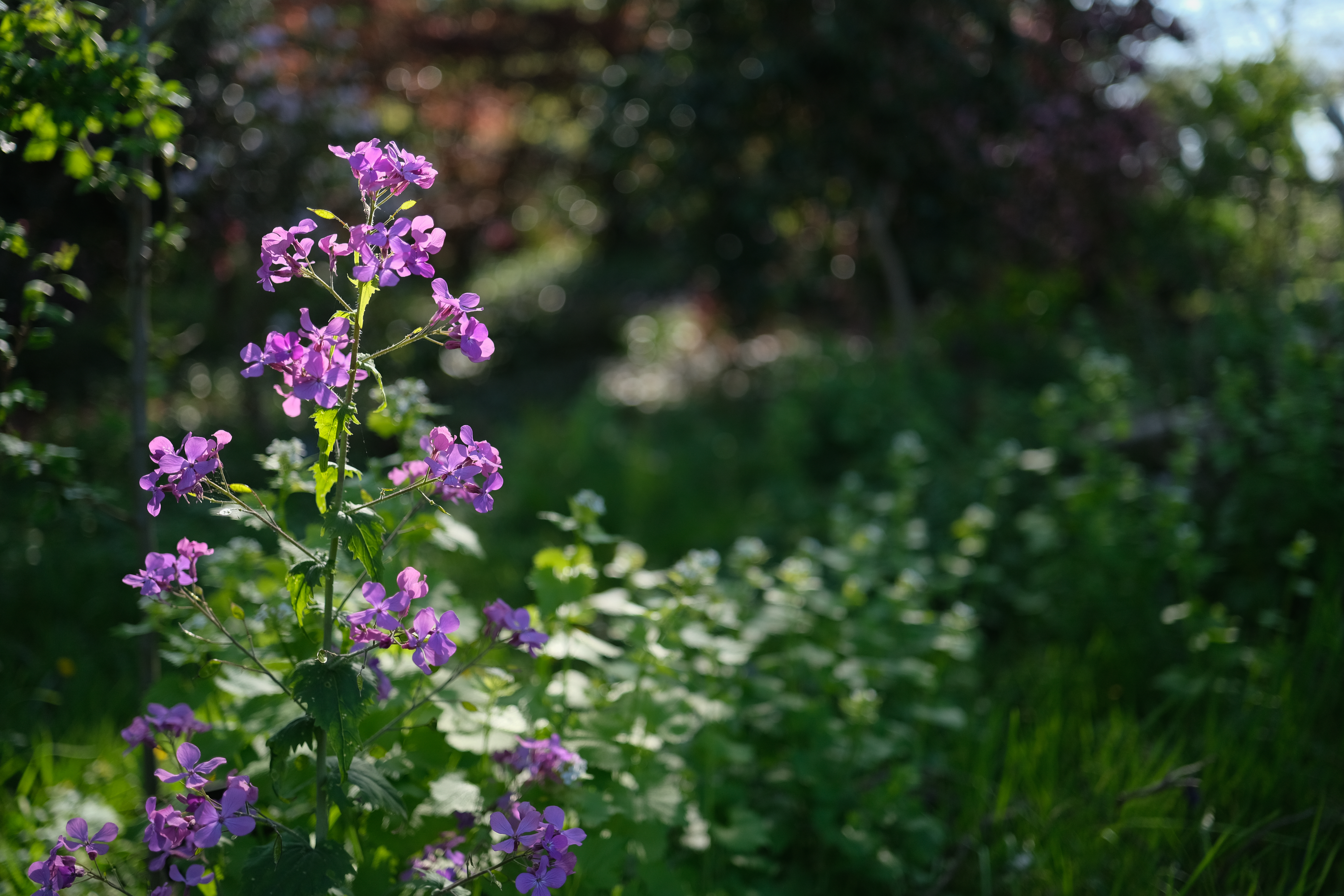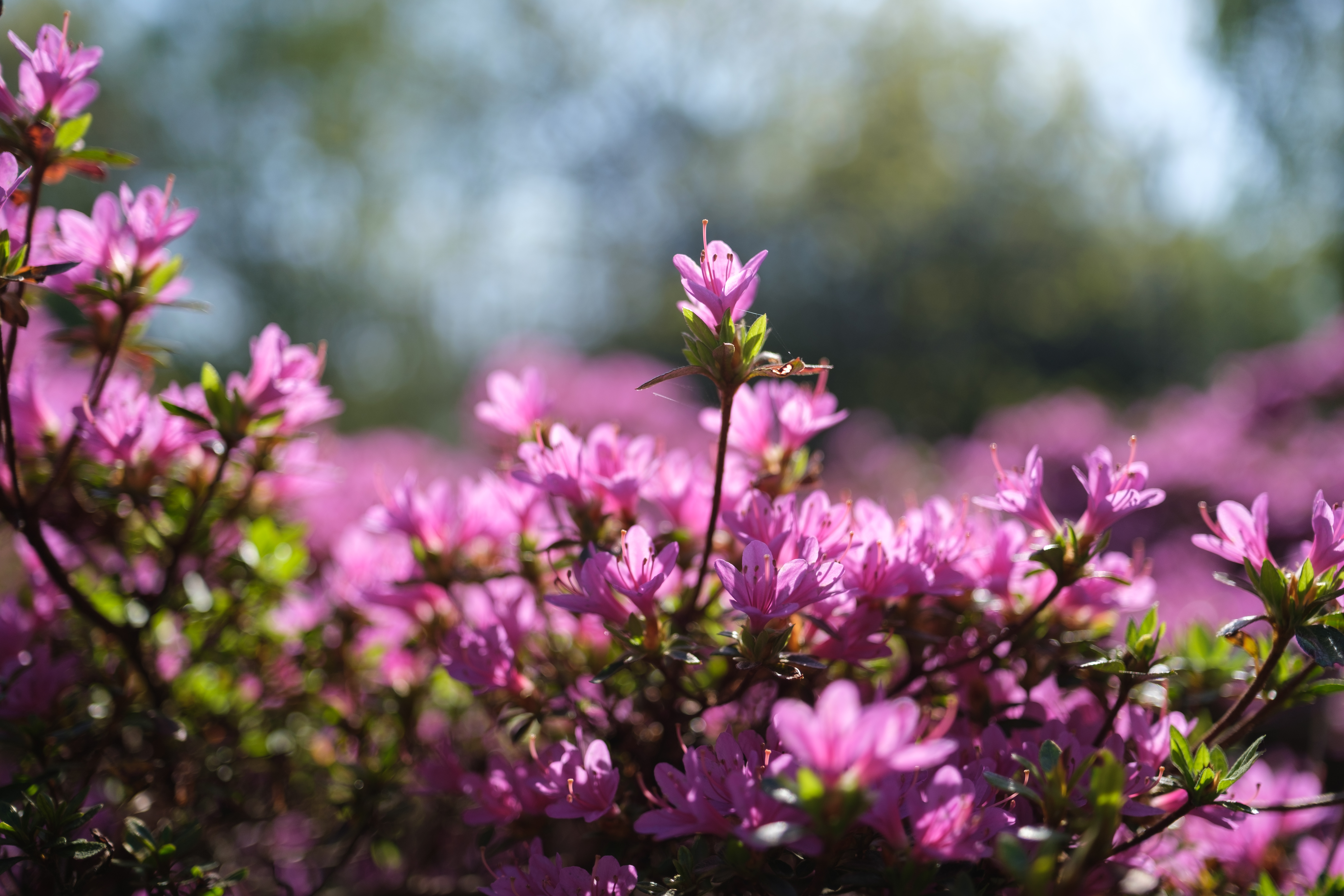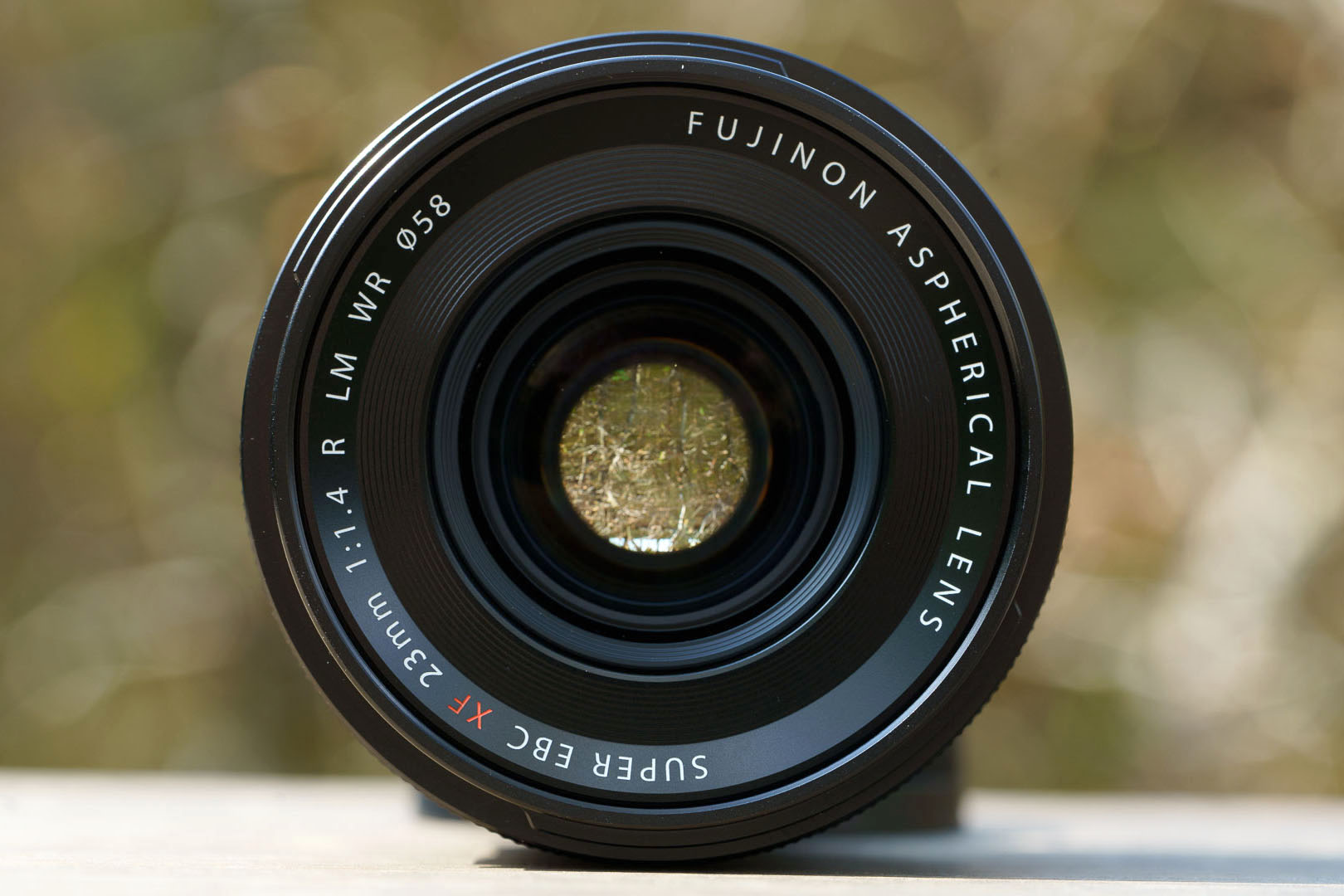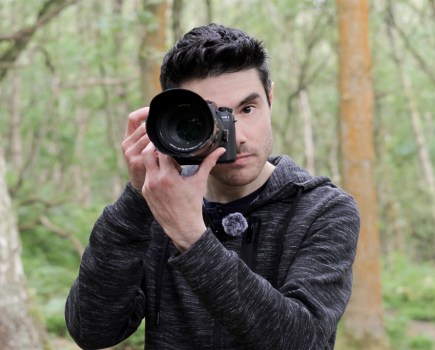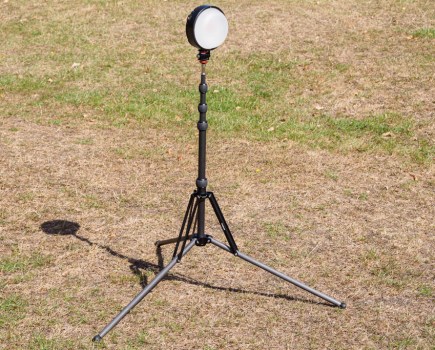Fujifilm’s original XF 23mm F1.4 R was announced in September 2013 and since then the company has rolled out new technologies and features. Consequently, it wasn’t a huge surprise last September when it announced that a new lens, the Fujifilm Fujinon XF 23mm F1.4 R LM WR, would be hitting the shelves early this year. Thanks to Covid-19, there have been delays getting the lens to market but it’s now becoming available and it looks set to be a popular optic. Read on to find out what all the fuss is about.
Fujifilm Fujinon XF 23mm F1.4 R LM WR Features
As you might guess, the XF 23mm F1.4 R LM WR is designed for use on Fujifilm’s X-mount mirrorless cameras. These have APS-C format sensors so the 23mm focal length translates to 35mm equivalent, in full-frame terms. That’s a classic focal length for a wide range of photography, not least street, documentary and environmental portraiture.
This popular focal length is coupled with a large maximum aperture of f/1.4, which means that shutter speeds can be kept relatively high when light levels fall, without the need to push up the sensitivity (ISO) setting. In addition, the lens has a closest focusing distance of 19cm, ensuring that there’s plenty of opportunity to blur the background so a subject stands out from its surroundings.
Fujifilm constructs the optic using 15 elements arranged in 10 groups and claims that the detail resolution has been improved in comparison with the old 23mm lens, which used 11 elements in 8 groups. Of those 15 elements, 2 are aspherical and 3 are Extra-Low Dispersion (ED) elements to help maintain sharpness into the corners of the frame and ensure that chromatic and spherical aberrations are minimised.
One of the key changes brought with the latest 23mm lens is the introduction of a new linear autofocus motor which is said to deliver sharp focus in as little as 0.04 seconds. This mechanism operates internally so the lens neither changes length nor rotates the front element during focusing. That latter point is good news for anyone wanting to use graduated or polarising filters.
Fujifilm has applied weather-sealing at 11 points around the lens barrel to keep out dust and moisture, earning the ‘WR’ in the lens’ name. In addition, the lens is capable of operating in temperatures as low as -10°C.
Fujifilm Fujinon XF 23mm F1.4 R LM WR Build and handling
While the original 23mm f/1.4 was 72mm long and 63mm across its diameter, the XF 23mm F1.4 R LM WR is 77.8mm in length and 67mm in diameter. This means it’s noticeably larger than its predecessor. At 375g, it’s also 75g heavier, reflecting its larger size and more complex optical formula.
Despite its size and weight gain, the new lens looks at home on a camera like the Fujifilm X-T4 or X-S10. It also has a high-quality feel, with a metal barrel and lens mount.
As an ‘R’ lens, the 23mm f/1.4 has an aperture ring. This sits close to the lens mount and has markings running from f/1.4 to f/16 in whole stops, but it can be adjusted in 1/3 stops. There’s a subtle click with each 1/3EV adjustment to help you keep track of the change in exposure, which is helpful for photographers. But videographers may wish there was a de-click option.
Another useful addition since the original AF 23mm lens is a lock that prevents the aperture ring from being moved away from the ‘A’ for automatic setting without a small button in the ring being pressed. This is helpful when you’re shooting in shutter priority or program mode because it means you can’t accidentally set a specific aperture value – it’s easily done otherwise.
The manual focus ring is much broader than the aperture ring and it sits further towards the front element of the lens. It has a smooth, high-quality action that’s a pleasure to use, but as the focusing is by wire there’s no distance scale nor any physical end points to the rotation. However, when the camera is set to manual focusing (there’s no switch to select it on the lens), a distance scale appears on the screen or in the viewfinder when the focus ring is moved. There’s also a ‘Focus Check’ option in the camera’s menu and if this is selected, the image under the selective AF point magnifies automatically when the focus ring is rotated, making it easier to see fine details and nail the focusing.
Autofocus
Modern Fujifilm cameras like the X-S10 have Intelligent Hybrid AF that combines phase detection with contrast detection and it works superbly with the XF 23mm F1.4 R LM WR. It’s fast, decisive, accurate and quiet. Subjects near to the closest focusing point often prove the most challenging, but the lens generally copes very well with this. It means that there are few occasions when you need to switch to manual focusing because of an autofocus problem.
Focus breathing, the phenomenon that sees the angle of view change as the focus distance shifts, is also controlled very well and is unlikely to be an issue for videographers.
Fujifilm Fujinon XF 23mm F1.4 R LM WR Image quality
Scrutinising my images shot on the 26.1MP Fujifilm X-S10 reveals that Fujifilm’s updated 23mm f/1.4 is a very good performer. Its central sharpness is excellent and there’s impressively little fall off towards the corners, even at the widest aperture. If you were to be very picky you might remark on a very slight softening at the smallest aperture, f/16, but it’s really not worth worrying about, and an inevitable consequence of diffraction. Consequently, this is a lens that you can use happily at any aperture value.
While the point of focus usually looks nice and sharp, out of focus areas are attractively blurred. There’s the occasional example of cats-eye and soap-bubble bokeh, but it’s not dramatic so most small, defocused highlights look good.
A correction profile is applied to JPEG and raw images automatically, which means that straight lines, even at close quarters, are rendered straight. You can turn off the profile in Adobe Camera Raw to see the difference it makes, but that’s the only reason to do so. It makes much more sense to leave it turned on.
There’s slight vignetting visible in some images shot at f/1.4, even with the profile applied. Again it’s not an issue in real-world situations but if you want to eliminate it, it’s just a case of closing down the aperture to f/2.0.
After shooting lots of high contrast edges and backlit branches with the sun in the frame or with its rays skidding across the surface of the front element of the lens, I’ve concluded that the XF 23mm F1.4 R LM WR keeps issues like flare and chromatic aberration under tight control. I’ve checked image after image and I’ve not found one with apparent chromatic aberration. Similarly, the only examples of flare are when the sun in is the frame, but even then, it’s controlled very well.
Fujifilm Fujinon XF 23mm F1.4 R LM WR Verdict
Lots of photographers love 35mm equivalent lenses and I put myself firmly in that camp. I like that the angle of view is slightly wider than that of our eyes so you tend to step forward into the scene and get involved with your subject. The relatively short focal length also means you can get lots of depth of field when you want it, but if you go close to your target and open the aperture wide, you can also blur the background very effectively. It’s a great focal length if you’re going out for the day and you only want to take one lens.
That effective focal length also seems an especially good pairing with Fujifilm X-series cameras like the X-T4 or the X-Pro3. The XF 23mm F1.4 R LM WR’s close focusing capability, combined with its large aperture and excellent AF system delivers the perfect blend of traditional photography with modern technology that goes hand-in-hand with the cameras. It’s also a combination that delivers superb results with excellent sharpness across the frame plus well controlled aberrations and distortion.
The XF 23mm F1.4 R LM WR is, however, bigger, heavier and more expensive than the older XF 23mm F1.4 R it replaces. It may not offer enough to convince exiting owners to upgrade, but the new lens makes a great first-time purchase for Fujifilm X-series photographers looking for a 35mm equivalent lens.


